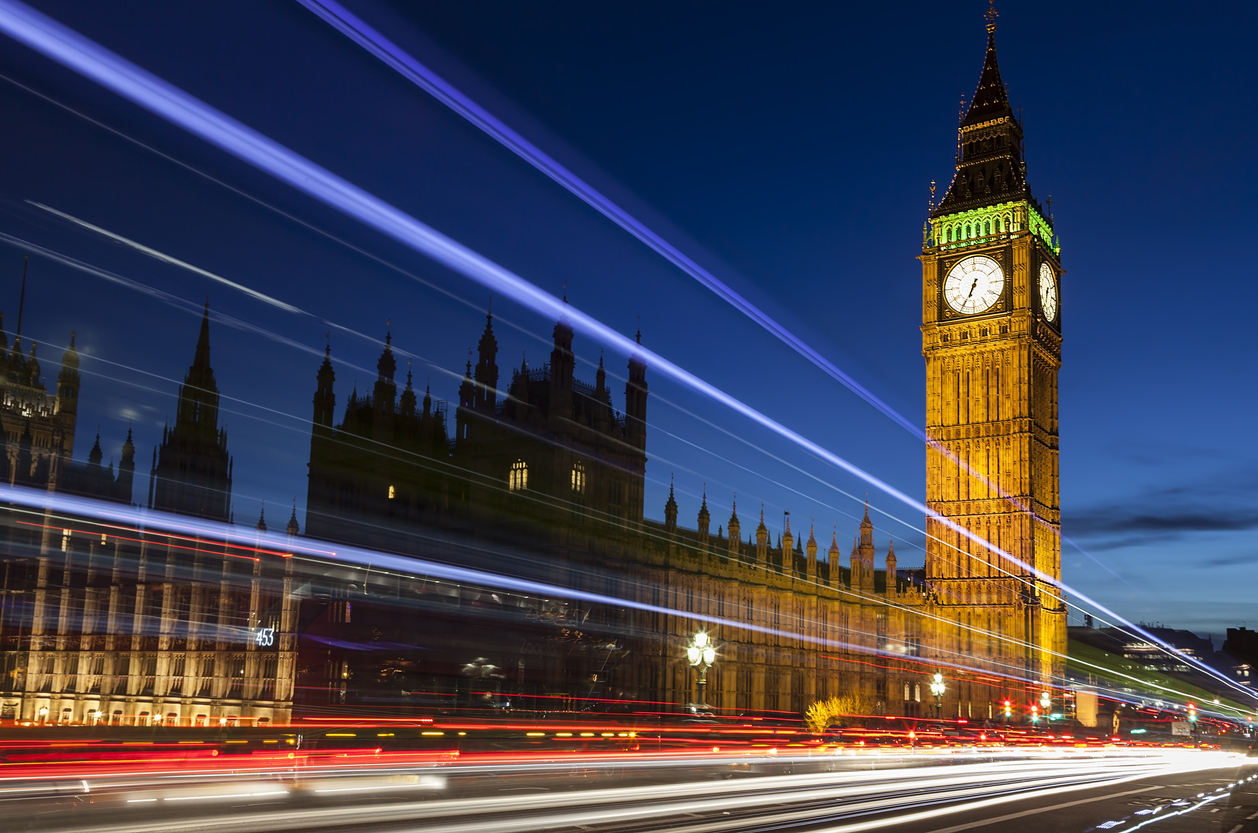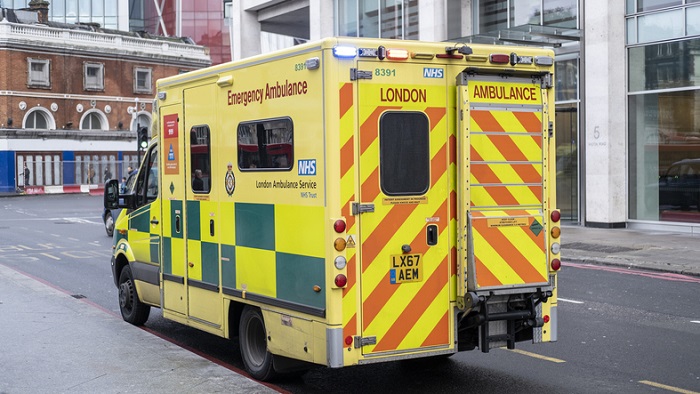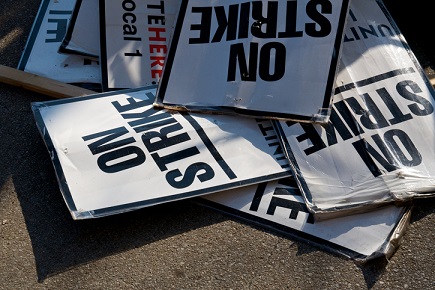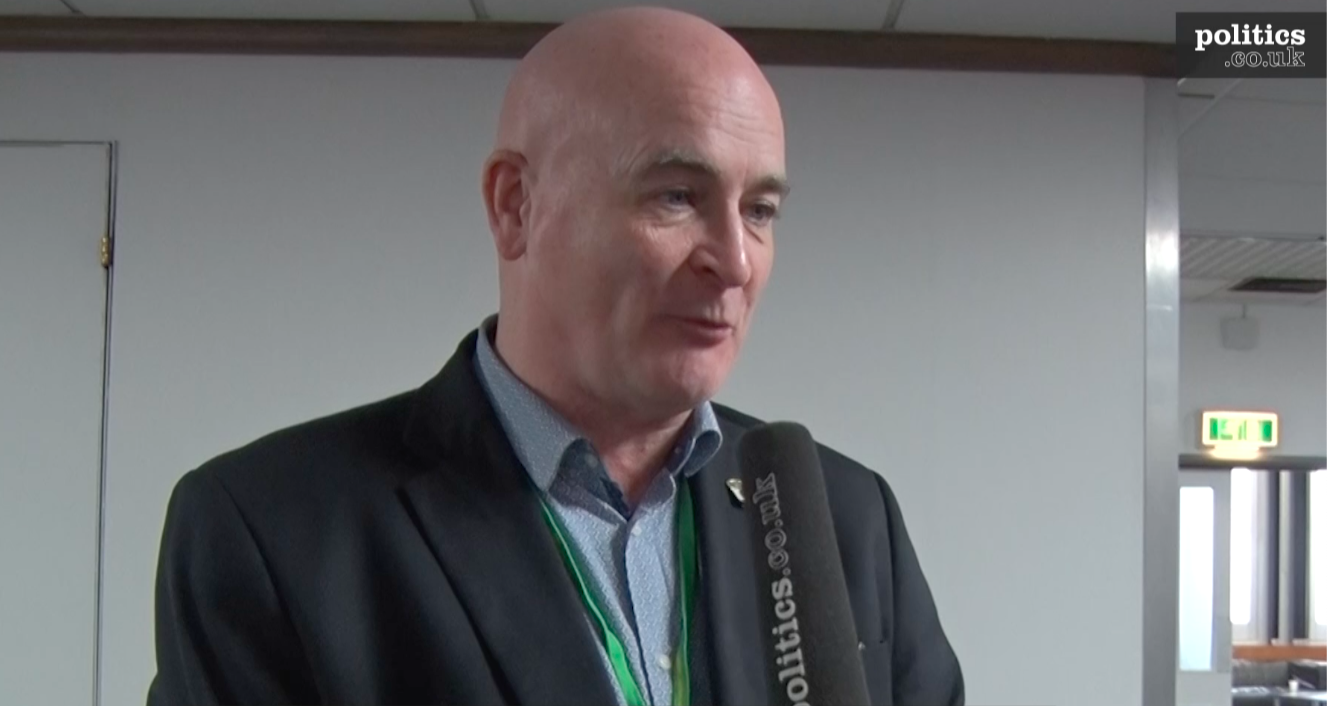What are trade unions?
Trade unions are independent organisations of workers whose principal purpose is to regulate workers’ relations with employers and protect and advance the interests of their members in the workplace.
A union negotiates agreements with employers on pay and conditions. It may provide legal and financial advice, sickness benefits and education facilities to its members, as well as accompany members in disciplinary and grievance meetings.
Some trade unions pursue politics on a national level. Unions may identify with a particular party (often the Labour Party) and advocate within that party to adopt policies that benefit their membership base.
Trade unions are regulated in Britain by the Trade Union and Labour Relations (Consolidation) Act 1992 (TULRCA) and the Trade Union Act 2016.


The law dictates that union membership is an unlawful reason to be refused employment, dismissed or to be selected for redundancy.
UK trade union membership
Since 1979, union membership in the UK has more than halved. Unionised work has been replaced by a ‘flexible labour market’ and the ‘gig economy’.
The largest union in Britain is Unite, a union formed in May 2007 through the merger of Amicus and the Transport and General Workers Union. Unite has 1,400,000 members.
Britain’s second largest union is UNISON which has 1,300,000 members. It organises primarily in the public services.
The third largest union is GMB with 600,000 members. The GMB was initially part of the merger discussions which led to the creation of Unite, but it pulled out in 2006.
These three unions account for 56% of total TUC membership and the two largest unions on their own account for 46%. The Trade Union Congress (TUC) is a federation of trade unions that is affiliated with 48 British unions.
Trade union recognition
Employers recognise a trade union following voluntary negotiations sometimes held with the help of the Labour Relations Agency. If an agreement cannot be reached and the organisation employs more than 20 people, a union may apply for statutory recognition from the Central Arbitration Committee (CAC).
Employers which recognise a union will negotiate with it over members’ pay and conditions. This is known as collective bargaining. For example, an agreement may be made over the deduction of union subscriptions from members’ wages – this would be a collective agreement.
Strike action
Industrial action happens when trade unions are in a dispute with their employers and cannot solve their dispute through negotiations. As is dictated by statute law, a trade union can only call for a strike if a majority of its members who are involved, support strike action in a ‘legal’ ballot.
In Britain, employees do not enjoy a right to strike per se. Rather, unions are given statutory immunity from the common law consequences of industrial action, provided certain criteria are met.
Employees participating in a ‘legal’ strike are immune from dismissal despite, generally, being in breach of their contract when doing so. This is the case (in most, but not all sectors) as long as unions conduct a secret postal ballot in which the majority of members (with a turnout of 50%) agree to strike action.
It is unlawful for a trade union to discipline any of its members who do not support industrial action.
In July 2023, a new Strikes Act received royal assent. Under the law, allow bosses in health, education, fire, ambulance, rail and nuclear commissioning to sue unions and sack employees if minimum levels are not met.
An impact assessment on the new law warned that it could lead to workers taking more non-strike industrial action, such as refusing to work overtime, which could still cripple certain industries.
Employment experts warnedThe Guardian that the new law makes the UK “an international outlier” among comparable countries.
The debate around trade unions
Proponents of trade unions argue that they increase pay for their employees. The Trade Union Congress suggests that trade union members in Britain earn around 5 per cent more than equivalent non-members on average.
However, it is argued that if unions raise employees’ wages, one may expect negative effects on employment levels and thus job security. Albeit this would not be the case if wages are raised to the level of worker productivity or if increased pay actually improves workplace efficiency.
Believing that trade unions ‘tighten’ the UK’s Labour market and have an adverse effect on employment, productivity and economic growth, it has long-been a priority of Conservative governments to regulate unions on a statutory basis.
By contrast, and having been born out of the labour movement, the Labour Party has historically been supportive of trade union membership, and has opposed tighter union regulations. Unions like Unite have an official relationship with the Labour Party and provide a notable element of the party’s funding.
History of Trade Unionism in the UK
18th and 19th centuries
The origins of the trade union movement can be traced to the industrial revolution which turned Britain from a rural society to one based on industrial labour and production. The conditions in these factories were harsh and wages were low. To push for better conditions and pay, workers organised collectively and began trade disputes with their employers. Workers and the government were hostile to this organised action and the Combination Acts of 1799 and 1800 made strikes illegal.
The Combination Acts were repealed in 1824 and 1825. Labour unrest reached a new peak in the 1830s and in 1834. At this time, 6 agricultural labourers, known as the Tolpuddle Martyrs, who had formed a trade union were arrested and found guilty of ‘administering illegal oaths’. They were sentenced with transportation to Australia for 7 years.
Trade Unions first became legally recognised institutions under the 1871 Trade Union Act. The Conspiracy and Protection of Property Act 1875 made it legal for trade unions to take effective strike action by picketing.
Between 1888 and 1918, trade unions grew quickly and there was an unprecedented wave of strike action during this period.
The Labour Party was founded in 1900, having grown out of the trade union movement of the previous century.
1918 – 1945
The General Strike of 1926 was, at the time, Britain’s largest ever strike. The General Strike lasted nine days and over 1.5 million coal miners, dockworkers, iron workers, printers, railwaymen, steelworkers and other transport workers joined the strike. 162.2 million working days were lost in 1926, the highest on record.
In response to the General Strike, the government made general strikes and other solidarity action illegal, and introduced restrictions on picketing through the Trade Disputes and Trade Union Act 1927. This Act remained on the statute books until 1946.
1946 – 1979
Britain experienced a period of growth and high levels of employment in the 1950s. This was also a period in which Trade unions won notable victories from the government, such as Harold Wilson’s 1970 Equal Pay Act.
However, the 1970s was a period of unprecedented industrial action.
During the 1970s, 21.9 million working days each year were lost to strike action, rising to 29.47 million in the ‘winter of discontent’ in 1979. Miners went on strike in 1972 for the first time since the General Strike of 1926.
1980s
The Conservative government of Margaret Thatcher passed five major pieces of employment legislation between 1979 and 1990, which weakened the powers of the unions by making it more difficult to strike legally. These included the Employment Act 1980, Employment Act 1982 and 1986 Public Order Act.
The 1980 Employment Act redefined ‘lawful picketing’. An 80% majority was required to legalise a ‘closed shop’, it repealed the statutory recognition procedure and it restricted unfair dismissal.
The 1982 Employment Act placed further restrictions on industrial action. The 80% rule was extended to all ‘closed shops’ every 5 years, union only labour clauses were removed from commercial contracts, and employers were able to obtain injunctions against unions and sue unions for damages.
The 1986 Public Order Act introduced new criminal offences in relation to picketing.
The largest industrial dispute in the 1980s was the 1984 miners strike. Miners in their tens of thousands took industrial action, this time against planned closures of the coal mines. Thatcher made the battle personal and refused to bow to the ‘enemy within’. Having stock piled coal suppliers in advance of the dispute, the government prevailed, and the miners – represented by the National Union of Mineworkers – eventually returned to work.
New Labour in government – 1997 to 2010
Tony Blair and Gordon Brown’s ‘New Labour’ did not reverse Thatcher’s reforms in a wholesale manner.
The Labour Party had traditionally been the party of trade unions, but Blair opted for a ‘fairness not favours’ approach.
In the Labour Party’s 1997 General Election manifesto, New Labour pledged to introduce a legal guarantee such that ‘where a majority of the relevant workforce votes in a ballot for the union to represent them, the union should be recognised’. This was introduced through the Employment Relations Act 1999.
2010 – 2020
The 2016 Trade Union Act made it more difficult for workers to engage in industrial action.
In all industrial action ballots, at least 50% of those entitled to vote are now required to do so, and a simple majority must be in favour of action.
If the majority of those entitled to vote are ‘normally engaged’ in the provision of ‘important public services’ at least 40% of those entitled to vote must vote in favour of action.
Furthermore, unions now must give 14 days’ notice of any industrial action, unless the employer agrees that 7 days’ notice is enough (previously 7 days’ notice was enough).
In 2017, it was reported that despite seeing the lowest period of wage growth since 1815, only 33,000 workers went on strike in the UK.
Following the rail disputes in June 2022, the Conservative government announced plans to make it possible for employers, subject to the necessary health and safety requirements being met, to take on agency staff to cover for striking workers.
At the same time, the government also announced plans to increase the maximum fines faced by unions for unauthorised strikes from £250,000 to £1,000,000.
2021 – Present
Post-pandemic, the UK has seen significant increases in industrial action across all trade unions. Rising inflation has meant that industrial action is at a five year high, with rail workers, teachers, healthcare workers, Royal Mail staff and many more all involved in serious industrial disputes.
On 1st February 2023 alone, up to half a million people participated in a coordinated strike.
A report from the Office for National Statistics (ONS) would that 2.472 million working days were lost from strikes between June and December 2022; of these, over three-quarters (79%) came from workers in transport, storage, information and communication.
The report found that consequences of the strike meant that nearly 1 in 5 people reported having their travel plans disrupted by rail strikes.
Statistics
Between 1995 and 2019 union membership levels among UK employees fell by 673,000 (9.5%) from 7.11 million to 6.44 million. Union membership as a proportion of employees has fallen from 32.4% in 1995 to 23.5% in 2019
According to the ONS, the total number of days lost from strikes between June and December 2022 was the highest since 1989.


























